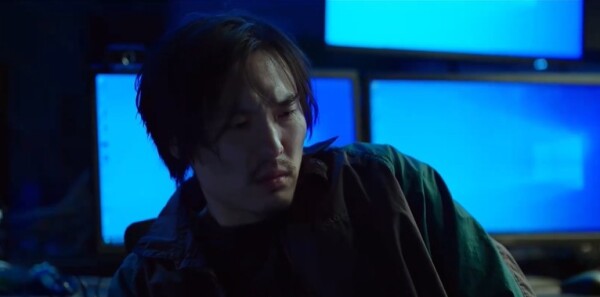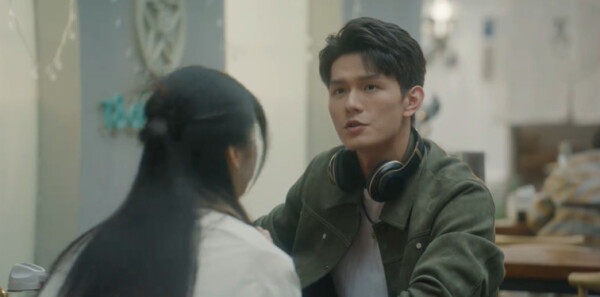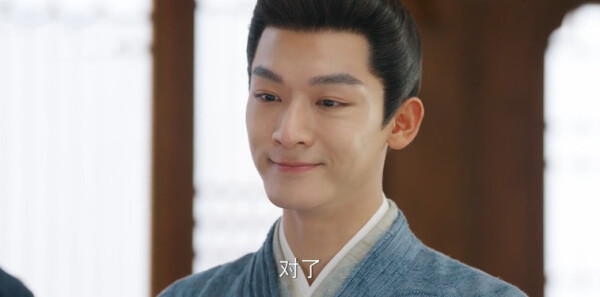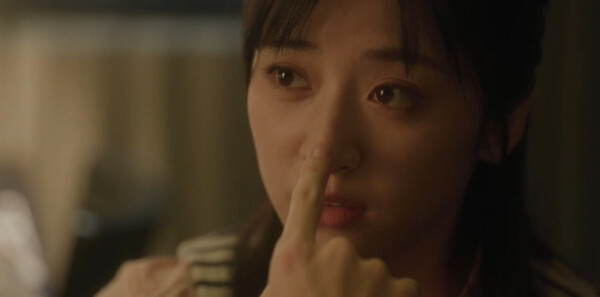Beyond Feelings《读书笔记》
- 书评
- 2023-03-26 10:08:02
- 70
读完这本书花了我不少力气,但是感觉很值得。
本书每章后面的application非常重要,反复练习,可以有意识地锻炼思维。
我比较欣赏里面讲logical fallacies和hasty conclusion两篇。
其实锻炼思维,客观地看待事物,用逻辑(推理)来判断对事物,是每个人人生必修课,早晚都要学习的一门技巧。
世界上有一个你永远都玩不腻的东西——你的大脑。一个人的经验值不可能覆盖你今后的人生所遇到的所有困难,所以逻辑是在你面对你不熟悉领域时,做出有效正确的判断的有力辅助工具。这就要求控制自己的大脑,根据事实来推理判断,而不是根据自己的情绪和成见。
很多类似的书籍非常之鸡肋和做作,因为教的都是末流技巧,而好书的作者会告诉你,“内功”才是决定本质的东西,我本人很欣赏的7habits of highly effective people的作者也是如此强调的。
总之本书的宗旨就是:critical thinking,也就是要想明白,想清楚,(我个人觉得“批判性思考”是个很垃圾的翻译),如何避免自己在思考过程因为想要走捷径而常常犯的错误。
我就本书的结构,通过它的标题来解读一下文章:
一.context
1.who you are?
individuality must be the habit of developing your own personal responses to people issues and situations rather than mindlessly endorsing the responses you have been conditioned to make. These guidelines will help you achieve individuality:
1). Tree your first reaction to any person issue or situation as tentative. No matter how appealing it may be refuse to embrace it until after you have examined it.
2). Decide why you reacted as you did. Consider whether you borrowed the reaction from someone else – a parent or friend perhaps or a celebrity or fictional character on television. If possible determine what specific experiences conditioned you to react this way.
3). Think of other reactions your might have had to the person issue or situation.
4). Ask yourself whether one of the other reactions is more appropriate than your first reaction. And when you answer resist the influence of your conditioning.
2.what is critical thinking?
关于大脑:We now know too that each half of the brain has its own memories and its own train of thought. The left half deals mainly in words and is associated with ***ysis and logical thinking. The right half deals mainly in sensory images and is associated with intuition and creative thinking.
什么是“想明白”:When we think critically we judge the accuracy of statements and the soundness of the reasoning that leads to conclusions. Critical thinking helps us interpret complex ideas appraise the evidence offered in support of arguments and distinguish between reasonableness and unreasonableness. Both problem solving and decision making depend on critical thinking as does the meaningful discussion of controversial issues.
“想明白”的特点:One is that being able to support beliefs with reasons makes one a critical thinker.
“想明白”的要求critical thinking depends on mental discipline.
3.what is truth?
The truth about something is what is so about it the facts about it in their exact arrangement and proportions.
借用《senven habits of highly effective people》的作者对principal的解释,principal是不会变的,以principal作为标准是永远不会错的,他就像一张你人生地图上的一个固定的点,假设你的地图是正确的,在实际的“按照地图”走向目的地的过程中,它就是大海中的灯塔一样的存在,问题是,你的确是知道地图上的灯塔在哪里(明明白白标着呢),但是现实中,这个灯塔的位置不是一成不变的,是随着你对世界看法的变化而不断变化的。举个例子,比如说善良,你会随着年纪的增长而对其的具体表现有不同的看法,但是“善良”永远都是一个principal,是人类评判自己的不可改变的标准,而与你对他的看法无关。相对于truth,也是同样的道理,所以“事实无绝对”,社会各个领域对具体的真理的理解一直在变化,其实,变的不是真理,而是我们对真理的看法。
4.what does it mean to know?
拿一个单词的拼写(spelling)做例子。
如果你不知道怎么拼,那么是“不知道”。
如果你说是spelling,其实并不确定它是否真的正确,那么也算是“不知道”;
如果你说是speling,你说你确定这是对的,那么你还是“不知道”;
如果你说,是spelling,并且你心中确信它是对的,那么是真正的“知道”。
也就是说,真正的知道,要满足一下两点:
1)你的“知道”的确是正确的
2)你知道你的“知道”是正确的
生活中,我们的知识很可能是1)/2)而不是1)&2)。这其实不算是真正的知道。
5.how good are your opions?
砖家的观点比较可信,但也不一定正确。要仔细判断。
二.the problems
1.mine is better thinking “我的”总是更好的心理
2.resistance to change 不愿意改变
3.conformity 屈从权威,盲从大众的想法
4.face-saving 为了挽回面子而不得不坚持错误的立场
5.stereotyping 成见
6.oversimplification 将事物过分单纯化
7.hasty conclusion 轻率就下定论
8.unwarranted assumptions 无根据的设想
9.logical fallacies 逻辑谬论
三.a strategy
如何解决思考方式的问题:
1.knowing yourself 了解你自己
2.being observant 做一个生活中的观察者
3.clarifing issues 把自己要阐述的观点明确下来
4.conducting inquiry 做深入的调查和数据搜集
5.interpreting evidence 分析自己手头的资料,做出有效总结
6.***yzing viewpoints 根据资料总结,一条条列出自己的观点,做出详尽分析,去伪存真
7.forming judgements 形成自己对事情的判断
4.the issues
也就是文章中提到的所有案例和application里面的案例,要求通过讨论锻炼自己的criticle thinking。实践啦实践。
-----------------------------------
总结一下,思考的过程:
一.首先,避免一上来就先设定自己的立场:
1.mine is better thinking “我的”总是更好的心理
2.resistance to change 不愿意改变(基于1.的想法)
4.face-saving 为了挽回面子而不得不坚持错误的立场
二.其次,避免因为想要走“思维捷径”,而直接得出hasty conclusion:
3.conformity 屈从权威,盲从大众的想法
5.stereotyping 成见
6.oversimplification 将事物过分单纯化
8.unwarranted assumptions 无根据的设想
9.logical fallacies 逻辑谬论
7.hasty conclusion 轻率就下定论
三.应该先收集资料和数据,对其进行分析,再得到自己的结论,其中涉及到:
1.knowing yourself 了解你自己
2.being observant 做一个生活中的观察者
3.clarifing issues 把自己要阐述的观点明确下来
4.conducting inquiry 做深入的调查和数据搜集
5.interpreting evidence 分析自己手头的资料,做出有效总结
6.***yzing viewpoints 根据资料总结,一条条列出自己的观点,做出详尽分析,去伪存真
7.forming judgements 形成自己对事情的判断
---------------------------------------------
用更简洁的话语总结一下,遇到一个事情,要发表自己的“判断”:
1.保持客观立场,不对这个事件做出任何判断(不管是大众普遍认为的/权威说的/自己过去思考过并对其作出结论了的)
2.搜集资料(基于事实的数据,理论,观察/倾听/试图了解发表这个观点的主体想要表达的含义和潜在目的)
3.对资料进行分析,通过逻辑去推理和判断真伪,罗列出123的观点
4.检验自己的观点,在心中用言语复述出来,若有说不清楚的地方,找出原因,着手解决。
5.搞清楚了,综合自己的观点,便可以获得自己的判断——对这个事件客观真实的判断。
本来说月中做总结的,拖到快月末了。
希望大家看了有所启发吧。
我觉得没有那一本书会让人脱胎换骨,但是重点是,
当你心中有这个意识了,
就会不知不觉去关注它,
通过特别的自我提醒和注意,
可能就慢慢变成自己的习惯了。
过程起码要好几个月甚至几年吧。
希望大家喜欢。
本文由作者笔名:小小评论家 于 2023-03-26 10:08:02发表在本站,文章来源于网络,内容仅供娱乐参考,不能盲信。
本文链接: http://www.w2mh.com/show/34709.html
 小小评论家
小小评论家






















